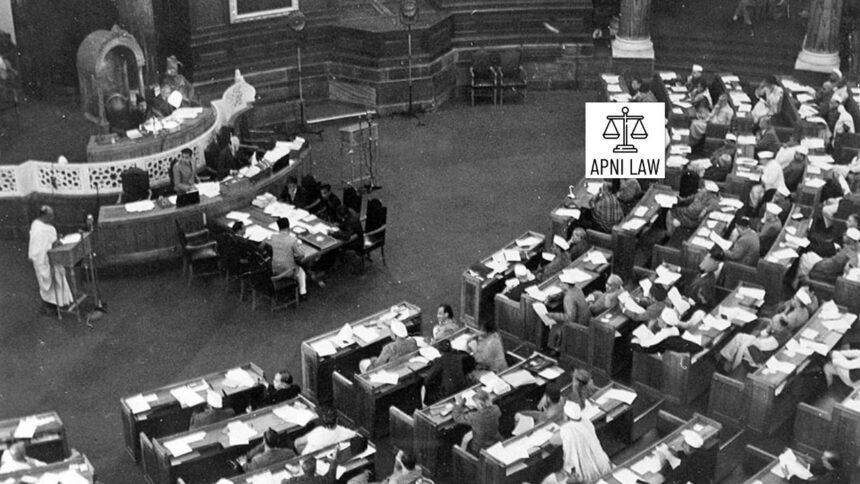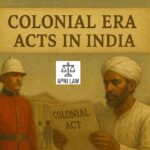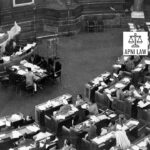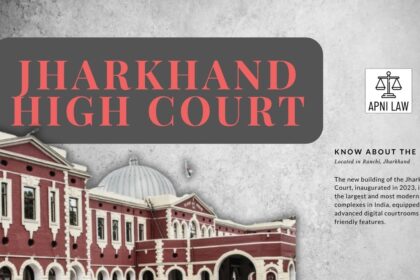Introduction
The framing of the Indian Constitution was an enormous responsibility that demanded careful planning and coordination. The Constituent Assembly, formed in 1946, carried this historic task of giving India a framework of governance after independence. However, drafting such an elaborate document could not be managed by the entire Assembly in every session. To ensure efficiency and in-depth discussions, the Assembly divided the work among several committees. Each committee handled a specific subject to ensure that all constitutional aspects were thoroughly examined before being approved. The most notable among these were the Drafting Committee, the Union Constitution Committee, and the State Committees. Their contributions were crucial in shaping the Constitution into a detailed and comprehensive document that still governs India today.
Why Were Committees Formed?
The Assembly realized that India’s diversity required a Constitution that balanced unity with regional autonomy. To achieve this, experts had to study issues such as fundamental rights, governance structure, and financial arrangements in detail. Instead of discussing every provision in the full Assembly, specialized committees prepared reports on assigned subjects. These reports were then debated and adopted in the Assembly sessions. This method saved time, allowed subject experts to contribute effectively, and ensured that the final draft was thorough and inclusive.
The Drafting Committee: The Backbone of the Constitution
The most significant committee was the Drafting Committee, formed on August 29, 1947. Dr. B.R. Ambedkar served as its Chairman, earning him the title “Architect of the Indian Constitution.” The committee’s main responsibility was to prepare the final draft based on the decisions of the Assembly and recommendations from other committees. This was a challenging task because it required not just compiling recommendations but harmonizing them into a single, legally sound document.
The Drafting Committee presented the first draft of the Constitution in February 1948, which was made available for public feedback. Suggestions from citizens and provincial legislatures were reviewed, and many were incorporated into the second draft. Finally, the committee submitted the completed draft to the Assembly in November 1949. After intense debates and several amendments, the Constitution was adopted on November 26, 1949, and came into force on January 26, 1950. The committee’s meticulous work ensured that the Constitution reflected the aspirations of a free India while providing practical solutions for governance.
The Union Constitution Committee
The Union Constitution Committee, chaired by Jawaharlal Nehru, played a key role in shaping the federal structure of India. It examined how powers should be distributed between the central government and the states. After studying various models, the committee recommended a system that combined federal features with a strong central authority. This recommendation was considered essential to maintain national unity while granting autonomy to states. The principles suggested by this committee later became part of the Union List, State List, and Concurrent List in the Constitution.
State Committees and Provincial Integration
The State Committees focused on governance at the provincial level. They examined the framework for provincial legislatures, executive powers, and the integration of princely states. Their recommendations were vital because India, at the time of independence, was a mix of British provinces and princely states. These committees ensured that provincial governments enjoyed sufficient autonomy within the broader federal structure. Their work also provided clarity on subjects like law and order, local administration, and the rights of states under the new system.
Other Committees and Their Impact
Besides the major committees, several others handled specific issues such as fundamental rights, minority rights, and financial arrangements. The Advisory Committee on Fundamental Rights and Minorities, headed by Sardar Vallabhbhai Patel, prepared the framework for rights that guarantee equality and liberty to every citizen. Similarly, committees on finance and judiciary contributed provisions that remain central to India’s governance even today. The combined effort of all these committees gave India a Constitution that balances individual freedoms with state authority.
Why These Committees Mattered
The committees ensured that the Constitution was not just a theoretical document but a practical framework suited to India’s needs. Their detailed reports saved time and made discussions in the Assembly more productive. The Drafting Committee, in particular, brought together diverse recommendations into a single, coherent draft. Without these committees, the Constitution-making process would have taken much longer and lacked the depth it possesses today.
FAQs on Committees of the Constituent Assembly
Who chaired the Drafting Committee?
Dr. B.R. Ambedkar chaired the Drafting Committee.
What was the purpose of forming committees in the Constituent Assembly?
They were formed to divide work efficiently and allow detailed examination of subjects like governance structure, fundamental rights, and minority protections.
What role did the Union Constitution Committee play?
It framed the structure of governance at the central level and recommended the distribution of powers between the Union and states.
When did the Constitution of India come into force?
It came into force on January 26, 1950.
Were public suggestions included in the Constitution?
Yes, the Drafting Committee incorporated many suggestions from the public after publishing the first draft in 1948.
Conclusion
The committees of the Constituent Assembly were the pillars of the Constitution-making process. By dividing responsibilities, the Assembly ensured that every issue received detailed attention. The Drafting Committee, along with the Union Constitution Committee and State Committees, laid the foundation of modern Indian governance. Their work resulted in a Constitution that has stood the test of time, adapting to changing needs while preserving its core principles. Understanding their contributions helps us value the vision, inclusivity, and hard work behind India’s supreme law.
For any specific query call at +91 – 8569843472








